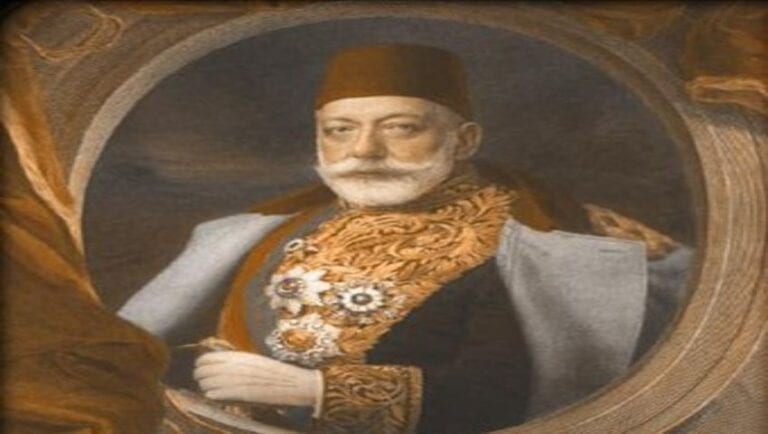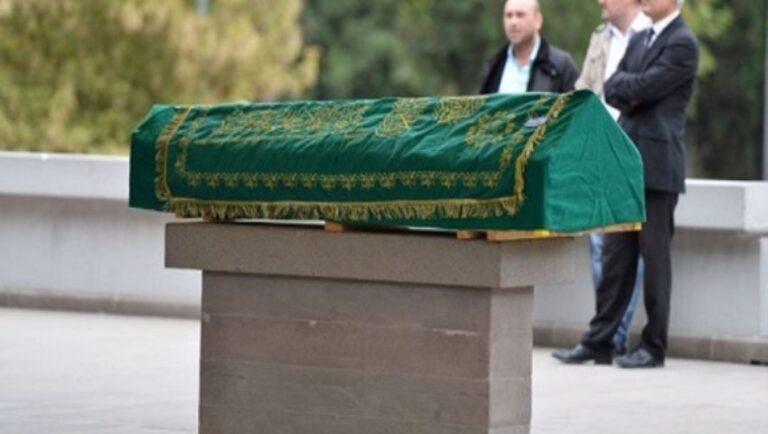Table of Contents
The Hejaz Railway is one of the most important achievements of the era of Sultan Abdul Hamid II and the Ottoman Empire, which contributed to linking the parts of the empire together, as the Hijaz Railway reduced travel time to Mecca and Medina from 50 days to only 5 days.
The main objective of the Hejaz Railway was to link the capital of the Islamic Caliphate “Istanbul” with Medina and the rest of the Ottoman Empire, to facilitate the movement of pilgrims and travelers between the parts of the empire.
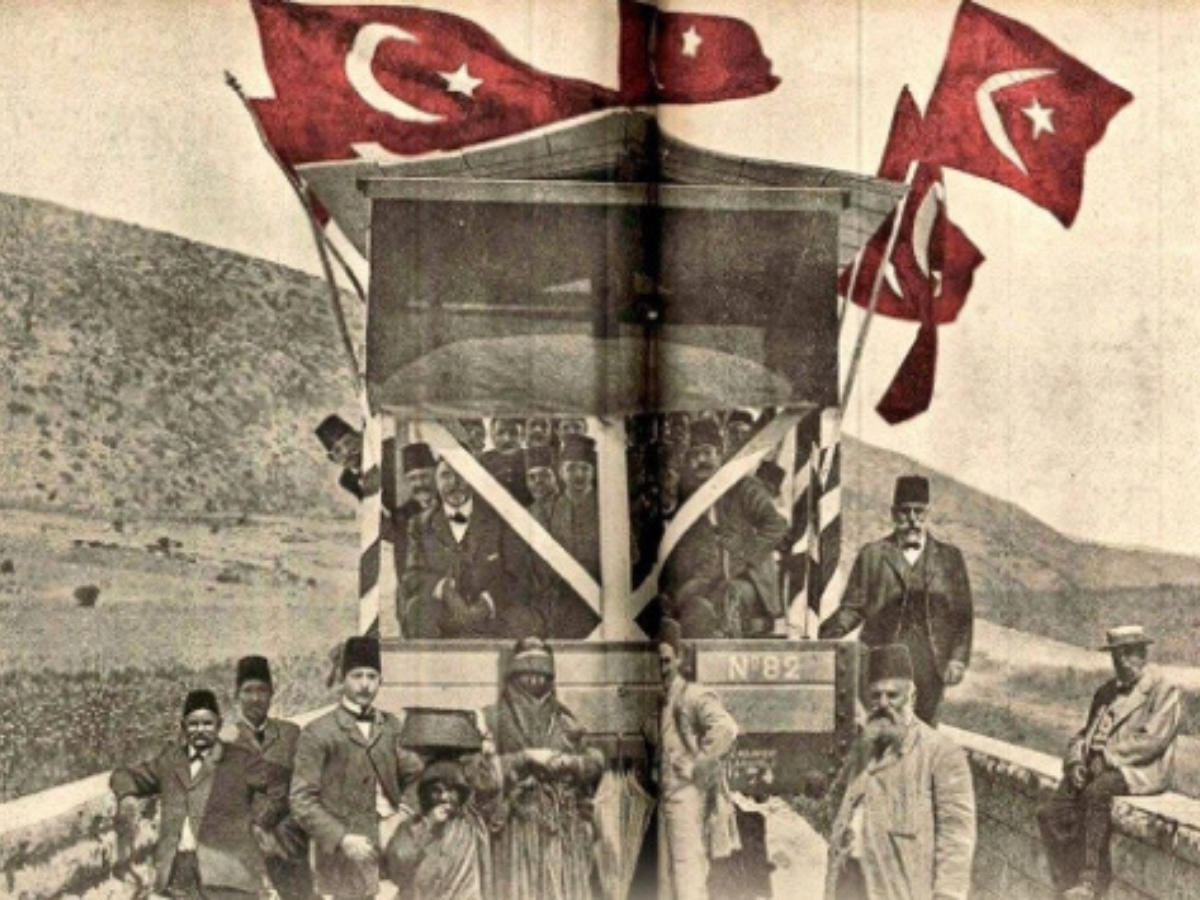
History of the Hejaz Railway
The idea of the Hijaz railway began to take shape for the first time in 1864 during the era of Sultan Abdul Aziz the First, but the project faced many engineering and technical difficulties that delayed implementation.
When Sultan Abdul Hamid II took over the throne of the Ottoman Empire, the Sultan was keen to promote the idea of an “Islamic unity” by linking the the Ottoman states with the Hejaz Railway.
In 1900, the Sultan issued his orders to start the process of establishing the New Hijaz Railway, where he entrusted the task of construction to Ahmed Izzat Pasha Al-Abed.
The idea of establishing the project included the construction of a railway network linking the Anatolia Railway and the Baghdad Railway, to the Hijaz and the Levant, so that travelers in the end could travel directly from Istanbul to Madinah and Makkah.
The idea included the establishment of a telegraph line along the railway, in order to facilitate the communication process between the provinces of the Ottoman Empire.
The Sultan decided that the Hejaz Railway “which will be linked to the Anatolia Railway” would begin in Damascus, passing through Amman in Jordan, Tabuk, and Mada’in Saleh, reaching Medina, provided that Medina would be linked to Makkah and from there to Jeddah port.
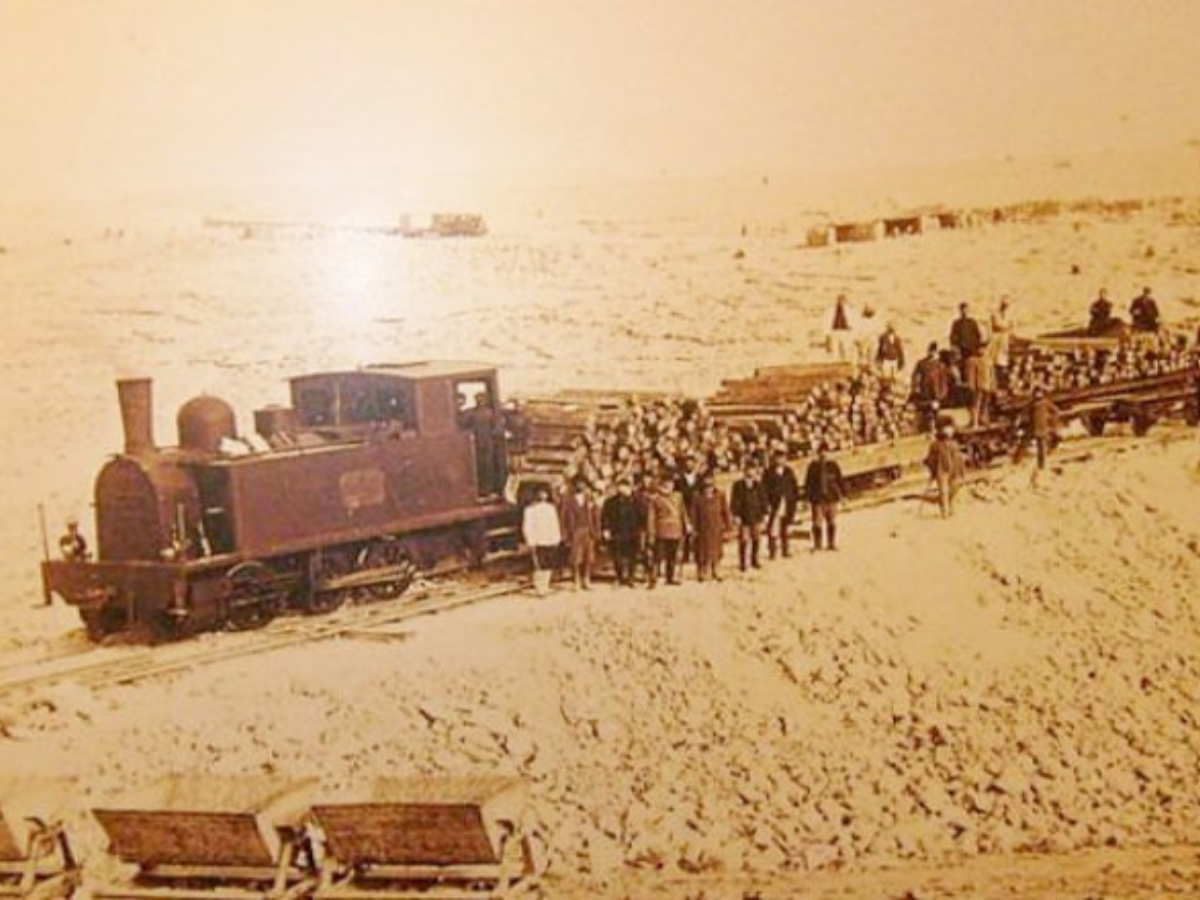
The goal of establishing the Hejaz Railway
There were many goals behind the establishment of the Hejaz Railway. The objectives can be divided as follows:
Religious
The main objective of establishing the Hejaz railway was to serve Muslim pilgrims by providing a safe, fast and convenient way to travel, in addition to protecting pilgrims from bandits and dangerous travel conditions.
The project also aims to increase the number of pilgrims willing to perform the Hajj, as the Hejaz train will lead to a significant decrease in the costs of Hajj, which will increase the number of arrivals to Makkah.
Economical
The Hejaz Railway has many economic benefits by achieving a huge commercial renaissance for the cities of the Levant and Hejaz located along the train line, as the railway will contribute to the transportation of agricultural and industrial products to other regions in a fast and efficient manner.
In addition, the connection of the Hejaz Railway to the port of Jeddah, which was planned, will lead to a significant recovery in trade in Jeddah, which is considered one of the most important ports of the Red Sea during that period.
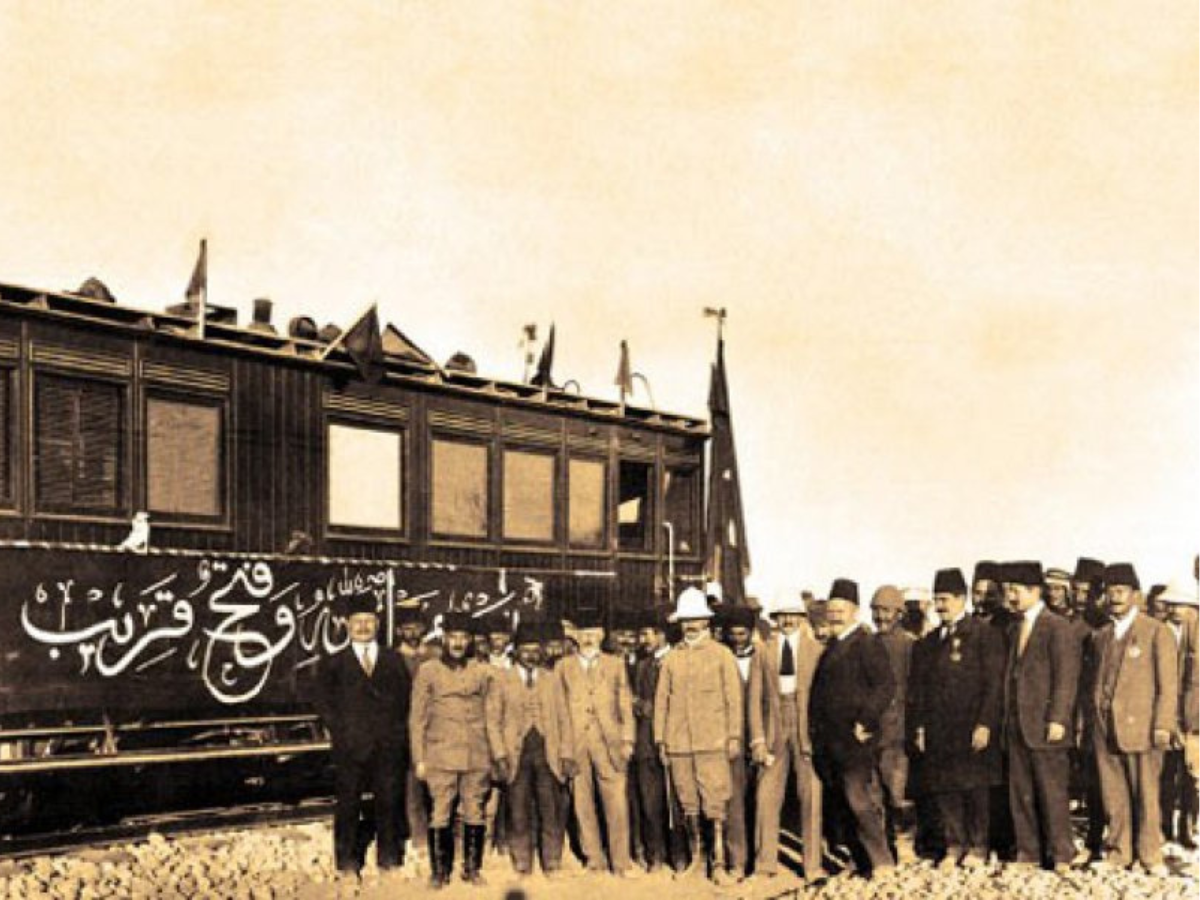
Military
One of the most important benefits of the Hejaz railway is the military benefits, as the train facilitates military movements and the transportation of soldiers and equipment quickly throughout the empire in general.
The transport of troops and war equipment by train was planned to make a strong contribution to protecting the Hejaz, Makkah, Madinah, and Yemen from external attacks.
Political
Sultan Abdul Hamid II aimed to grant the Ottoman state independence from Europe, and to unify the ranks of Muslims through the idea of the Islamic Unity, which seeks to reject national and ethnic fanaticism to confront the ambitions of imperialist and colonial countries against the Ottoman state.
The Sultan aimed to establish the Hejaz Train to link the provinces of the state with each other and enhance the transport movement, which gives the citizens of the Ottoman Empire a real sense of Loyalty as it shows that the empire cares about all provinces without discrimination.
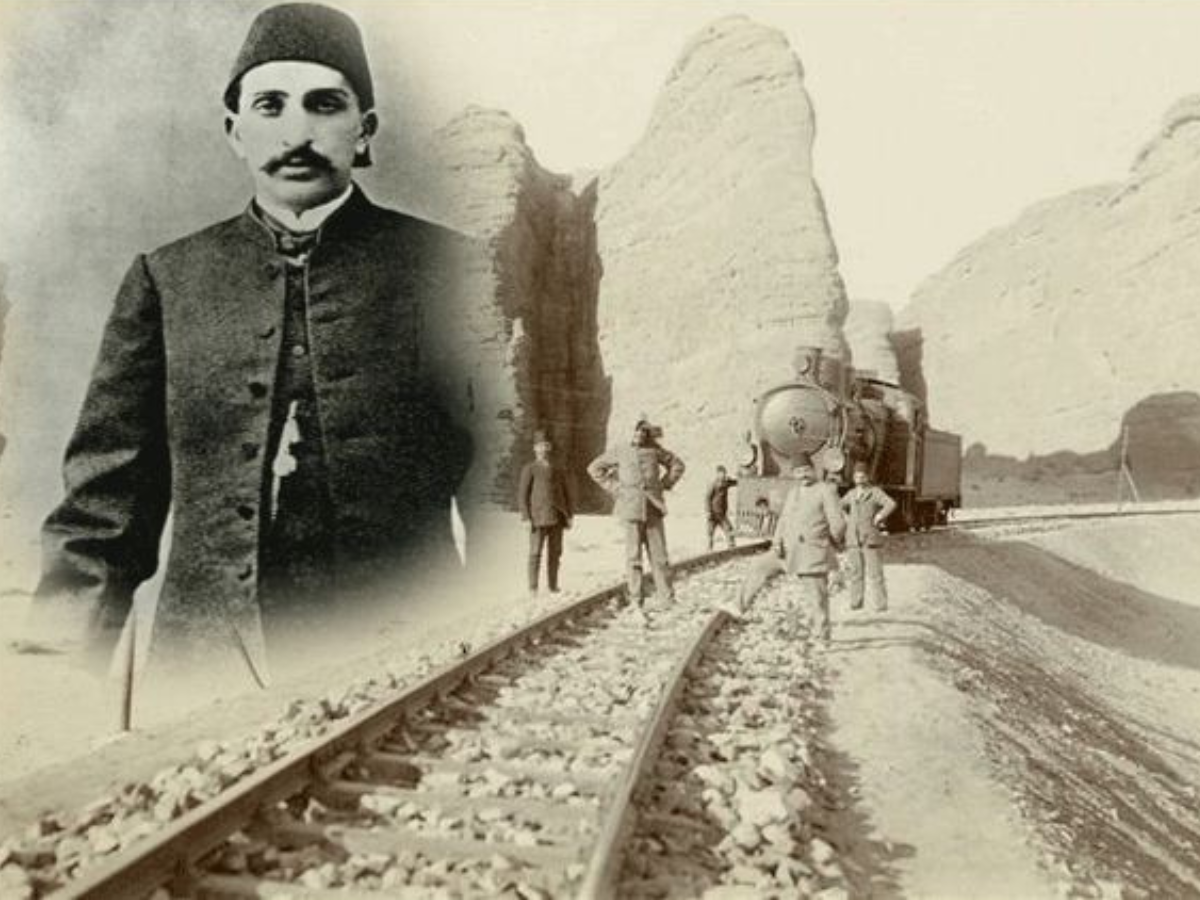
Financing the Hejaz railway project
The Hejaz railway project was very expensive, as the project budget amounted to 18% of the total budget of the Ottoman Empire, at about 4 million Ottoman liras.
The cost of the project is about 30,000 kilograms of gold, according to today’s approximate calculations.
Sultan Abdul Hamid II wanted to implement the project without borrowing from abroad, as the state was burdened with many debts in addition to the debts of the Anatolian Railway and Baghdad Railway projects.
The Caliph appealed to the Islamic world to donate in order to complete the project, as the donation campaign was launched in May of 1900 with a special donation from the pocket of Sultan Abdul Hamid II in the amount of 350 thousand Ottoman pounds, and the Khedive of Egypt Abbas Helmy II donated building materials.
In addition to the Sultan, the pashas of the state, employees, merchants, soldiers and all Muslims from all over the Islamic world donated substantial amount of money.
The sacrificial skins in Kurban Bayram were collected and sold, and their price was transferred to finance the railway budget, in addition to deducting 10% of state employees’ salaries to contribute to the construction of the railway.
The state also issued postage stamps to be paid in government transactions to return its income to finance the project, in addition to a tax of five Kuruş on all males.
The donations covered about two-thirds of the total cost of establishing the project and was one of the most successful donation campaigns at that time, with strong participation and momentum.
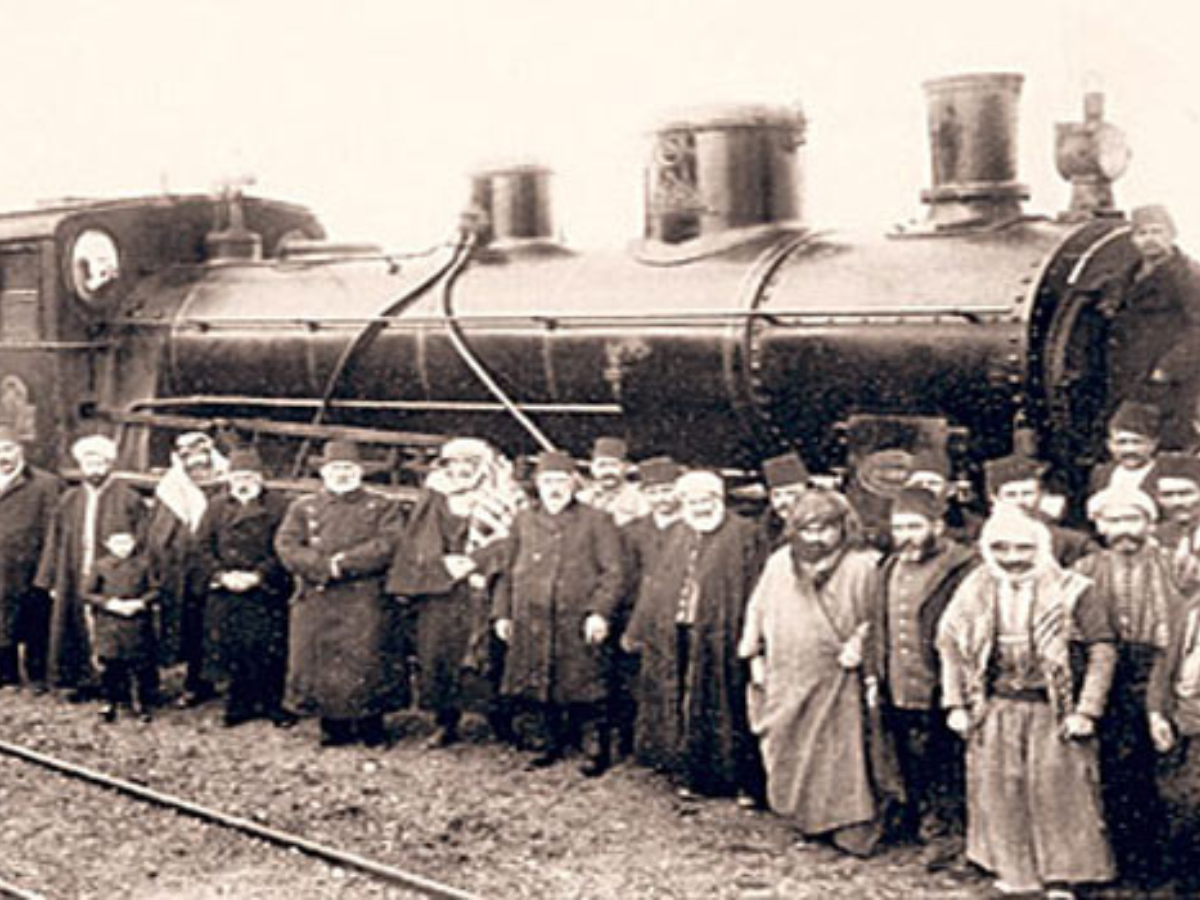
The establishment of the Hejaz train
The construction and construction works officially began on May 1, 1900, and the process of constructing the railway line between Damascus and Daraa began on September 1 of the same year in a ceremony marking the 25th anniversary of Sultan Abdul Hamid II assuming power.
The engineering work was headed by a German engineer working under his leadership 34 German and Ottoman engineers in addition too Italian, French and Belgian engineers.
Employment depended mainly on the soldiers of the Ottoman army, as the number of workers was estimated at 5 to 7 thousand Ottoman soldiers, and some volunteers came from other states.
The number of soldiers working permanently on the railway line reached 6 thousand soldiers, in addition to 200 engineers.
To save expenses, the state decided to give soldiers a low salary and to compensate for this with a 1 year reduction in the period of conscription for a recruiter who participates in construction work.
In 1903, the Hejaz railway reached Amman and then to Maan in 1904, and the first train journey between Damascus and Maan took off in 1905.
The Hejaz railway reached Medina on August 31, 1908, when the line was established in Medina with Muslim workers and engineers only, without the participation of German engineers, in consideration of the sanctity of the sanctuary.
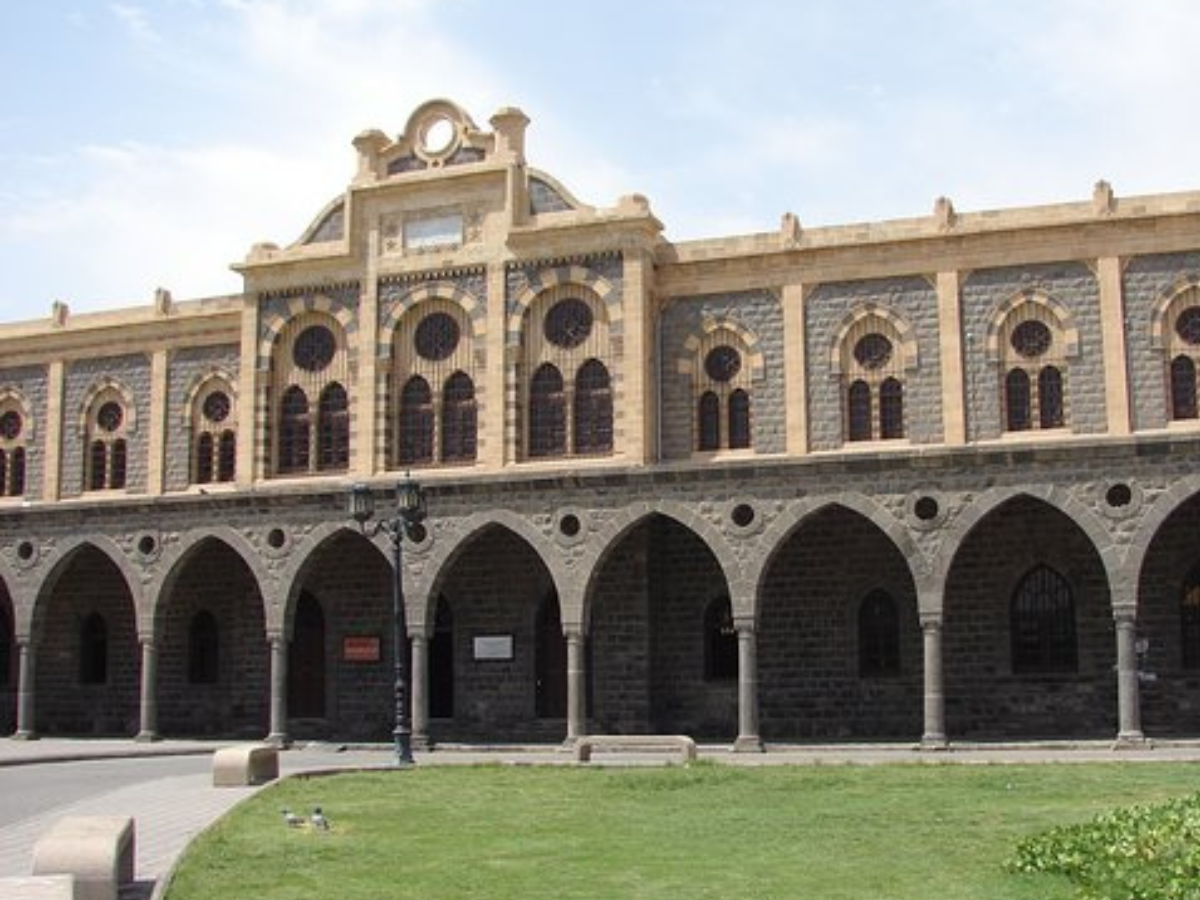
Difficulties that faced the Hejaz Railway
The Hejaz Railway faced many obstacles, the most important of which was the shortage of water in the Hijaz. This problem was solved by drilling wells and using air and steam pumps.
Some parts of the railway was used after completion to deliver water tanks.
There was also a huge problem, a flood, where it formed a crisis during construction and operations, prompting the state to establish banks for Sowell along the line.
Likewise, there was the problem of moving sand, which the Ottoman engineers overcame by covering it with a layer of clay, in addition to building a stone dam parallel to the line.
Hejaz railway stations
There were many stations on the Hejaz train, as the distance between the stations was close to 20 kilometers, and sometimes less than that.
The purpose of short distances between the stations was to preserve the Hejaz Railway protected in addition to establishing urban centers for the purpose of rest and supply of water, as there was a well station and a reservoir to preserve water.
Damascus station
One of the main stations on the Hejaz Railway, as its design was inspired by Andalusian architecture.
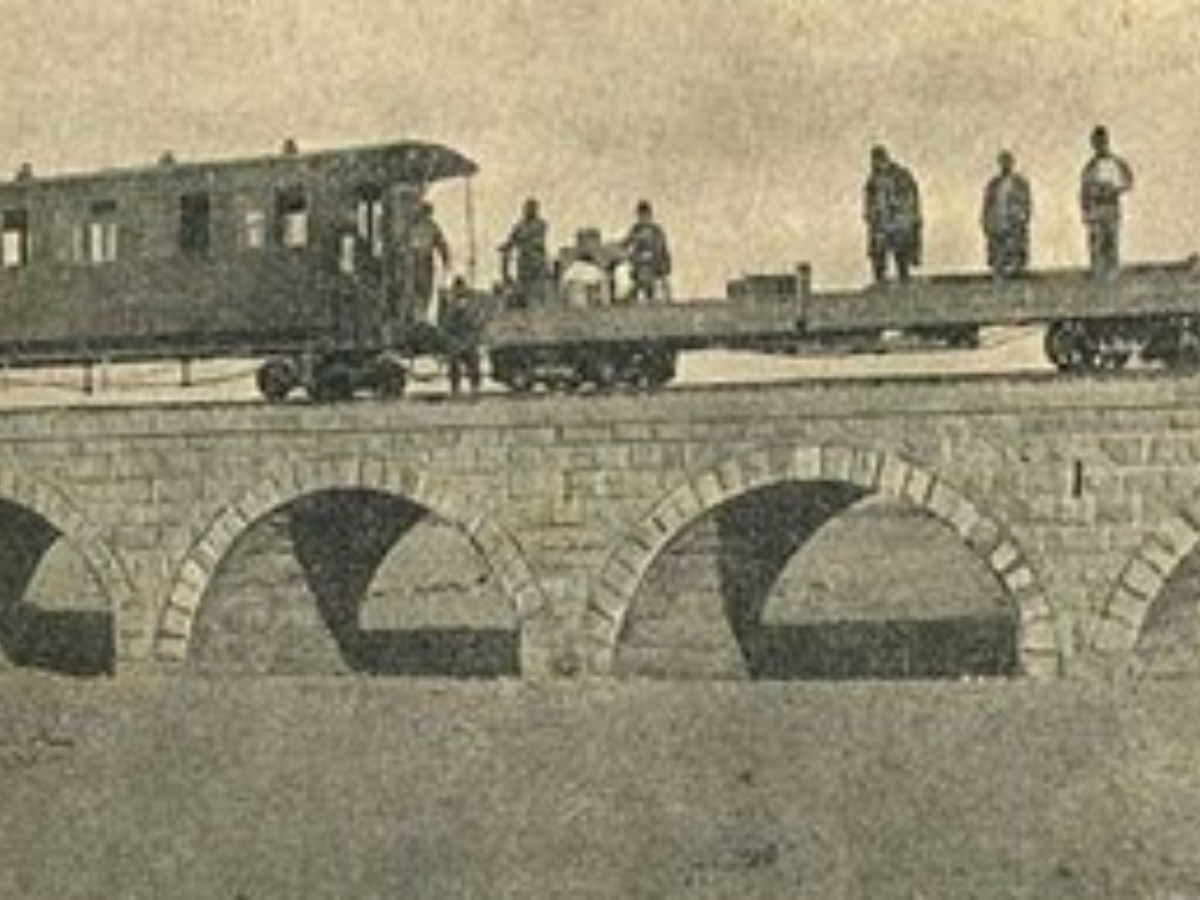
Amman station
One of the most important stations on the Hejaz Railway is located 222 km from the main starting station in Damascus, and it includes 5 sub-lines, an operator for the maintenance of locomotives and trucks, in addition to administrative offices.
Tabuk station
It is considered one of the main stations and consists of 13 buildings on a straight line parallel to the track, where the station was built on an area of about 80 thousand square meters.
Madain Saleh Station
The Mada’in Saleh station occupied a strategic location, as it contained an engine repair workshop, in addition to warehouses and buildings for guards, housing for employees, restrooms and toilets.
Madinah station
The last station of the Hejaz Railway, which was built with a unique architectural design, contains a warehouse with a capacity of 12 steam locomotives, and includes the largest water tank along the line.
The station is only 1 km away from the Prophet’s Mosque, and the line was officially inaugurated in 1908. Currently, the station building is operating as a museum under the name of “Hejaz Railway Museum”.
Hejaz Railway bridges
About 2000 bridges of various sizes were constructed along the Hejaz railway line. Local rocks and granite rocks were used in their implementation due to the difficulty of transporting and importing concrete.
The bridges were built in the form of arches, and the most famous of these bridges are the rough bridges located east of Amman, the capital of Jordan.
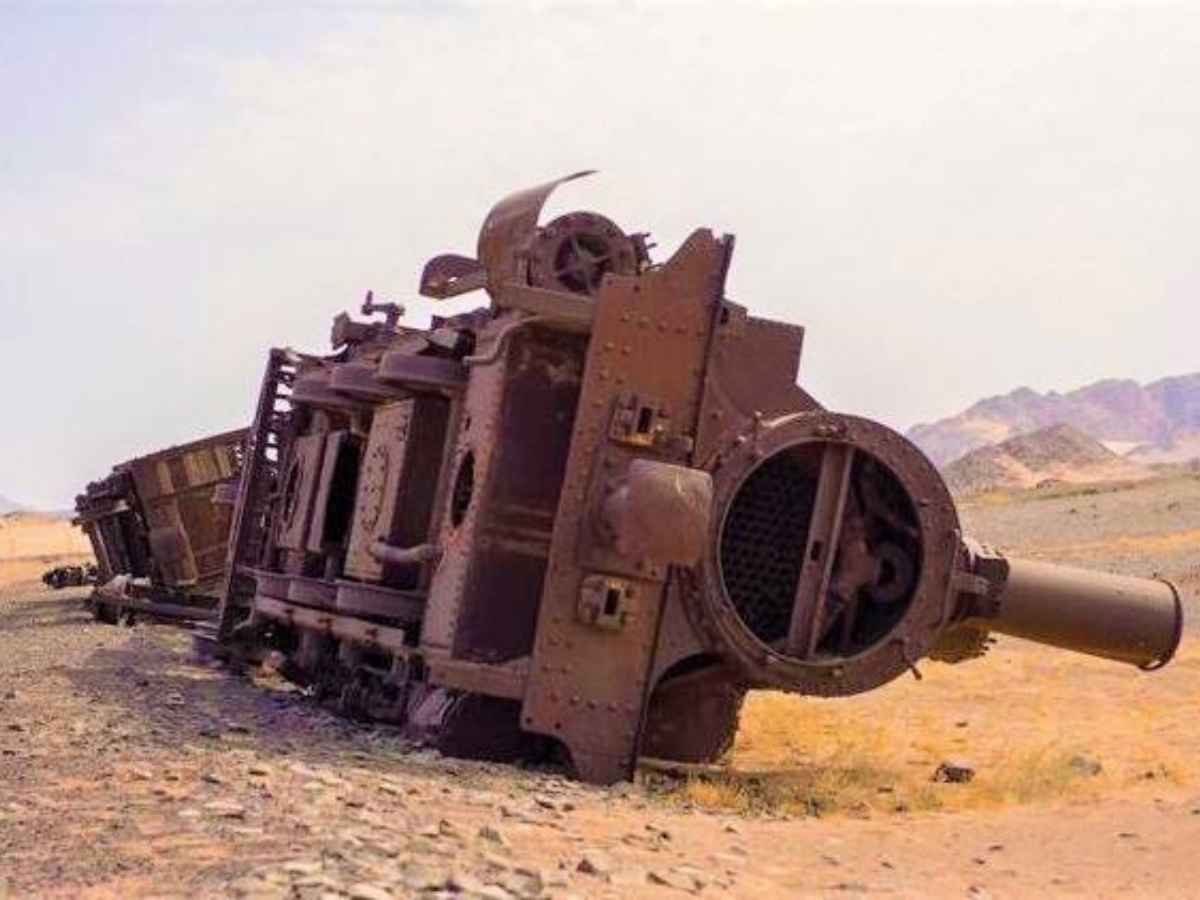
Hijaz line trains and wagons
Many different companies built the Hejaz railway trains, the most prominent of which were the German companies “Zaksishi Machinfabrik”, “August Borsik” and “Arnold Young Locomotive Fabric”.
The Hejaz Railway used to have 132 locomotives and 1,700 carriages, and many cars are still in service to this day at Al-Qadam station.
Diesel locomotives have been added, and are still operating, along with some steam trains that were built with the beginning of the railway implementation.
It included Hejaz railway carriages, ablution places and a prayer hall, in addition to places to eat.
The opening cermony of the Hejaz railway
On the twenty-second of Rajab, 1326 AH, corresponding to August 23, 1908 AD, the first train arrived from Damascus to Medina after covering the distance within 5 days only.
The opening ceremony was postponed for a week after the arrival of the first train to coincide with the memory of Sultan Abdul Hamid II sitting on the throne of the Ottoman Empire, so that the ceremony would take place on the first of September of 1908.
The opening ceremony was accompanied by the lighting of Medina with electricity for the first time, as the Caliph of the Muslims, Abdul Hamid II, had ordered the lighting of the Prophet’s Mosque on the opening day, as the electricity and telegraph lines extended alongside the railway line.
Medina became after that date an independent governorate directly linked to the Ottoman interior for its importance.
The working period of the Hejaz Railway
The Hejaz Railway affected greatly the states in which it was established, and its use was not limited to Muslims only, as non-Muslims were allowed to use all stations, but access to Medina was prohibited for non-Muslims.
The line was initially able to transport 30 thousand pilgrims annually, until the number in 1914 AD reached 300 thousand pilgrims annually, by 3 weekly flights from Medina to Damascus.
The line was also used to transport money, soldiers, and goods between regions and states, which brought about an economic boom.
The times and hours of the train’s movement corresponded to the prayer times, as the train journeys took care not to disturb the prayer times, as the Hejaz train stops during prayer time, so that the passengers go to the car designated for the prayer.
The Hejaz Train shortened the travel time between Damascus and Medina from 40 days to only 5 days, as the train actually took only 72 hours, but the frequent stop of the train at the stations in addition to changing locomotives used to take an additional two days.
The city of Haifa gained great importance on the Hejaz Railway, and the line also contributed to the stability of the Bedouin tribes, which began to form urban communities around the railway.
The line continued to operate until the 13th of Jumada Al-Awwal 1336 AH, corresponding to Wednesday September 18, 1918, when the last flight that had reached the city was led by Captain Mahboob Ali Al-Husayni Al-Madani.
The Hejaz Railway served the subjects of the Ottoman Empire, Muslims and pilgrims for 10 years, during which the cities located on the line witnessed great prosperity and the Hajj journey was facilitated by reducing time and hardship for the pilgrims.
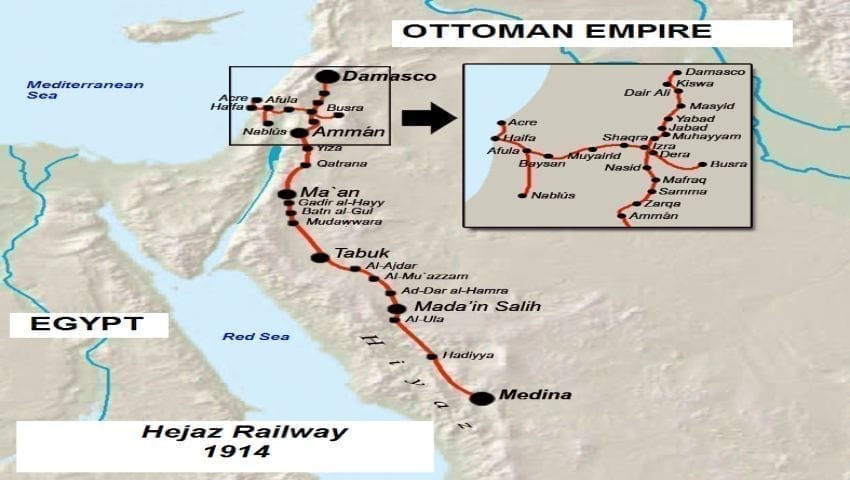
Destruction of the Hejaz Railway
With the beginning of the First World War, and by a decision from the Arab Office in the British Foreign Ministry, Sharif Hussein announced the Arab insurrection, which greatly contributed to sabotaging and Destruction the Hejaz Railway.
The British agent “Lawrence” provided destructive and mining mechanisms to the rebels that they could use to destroy the tracks, bridges and tunnels to cut off supplies to the Ottoman forces besieged in Mecca and Medina.
The rebels destroyed the railway line to besiege the Ottoman forces inside Medina under the leadership of Fakhr al-Din Pasha, where the insurrection besieged Medina for two years and 7 months, which is considered one of the longest periods of siege in modern history.
The rebel forces cooperating with the British also blew up telegraph lines, which prevented the means of communication between the Ottoman soldiers and the Arab tribes allied with them, and the rest of the state.
The government ordered Fakhr al-Din Pasha to surrender due to the backdrop of the defeat of the Ottoman Empire in the First World War, but he refused to obey and continued to defend Medina throughout the period of the siege until hunger and disease intensified on his soldiers who convinced him to surrender and forcibly carried him to the tent that was prepared to sign the surrender, where Fakhr al-Din Pasha left Medina with sadness and great sorrow.
Some Zionist organizations sabotaged parts of the Hejaz railway also in Palestine during the Second World War to further isolate Palestine from the surrounding areas.
Facts about the Hejaz Railway
- There were prayer cars inside the train.
- The train schedules took into account prayer times.
- The Hejaz Railway shortened the journey between Damascus and Medina from 40 days to 5 days.
- The railways achieved prosperity in many of the cities they passed through.
- The construction of the Hejaz Train cost about 30,000 kilograms of gold.
- The Hejaz railway, at its peak, carried 300,000 pilgrims annually.
- Non-Muslims used the railway, but they were prohibited from entering the Medina station.
- The line was planned to be associated with the line of Baghdad, Anatolia, and Istanbul to characterize the whole of the Ottoman state.
- In World War I, the rebels sabotaged the railway.




